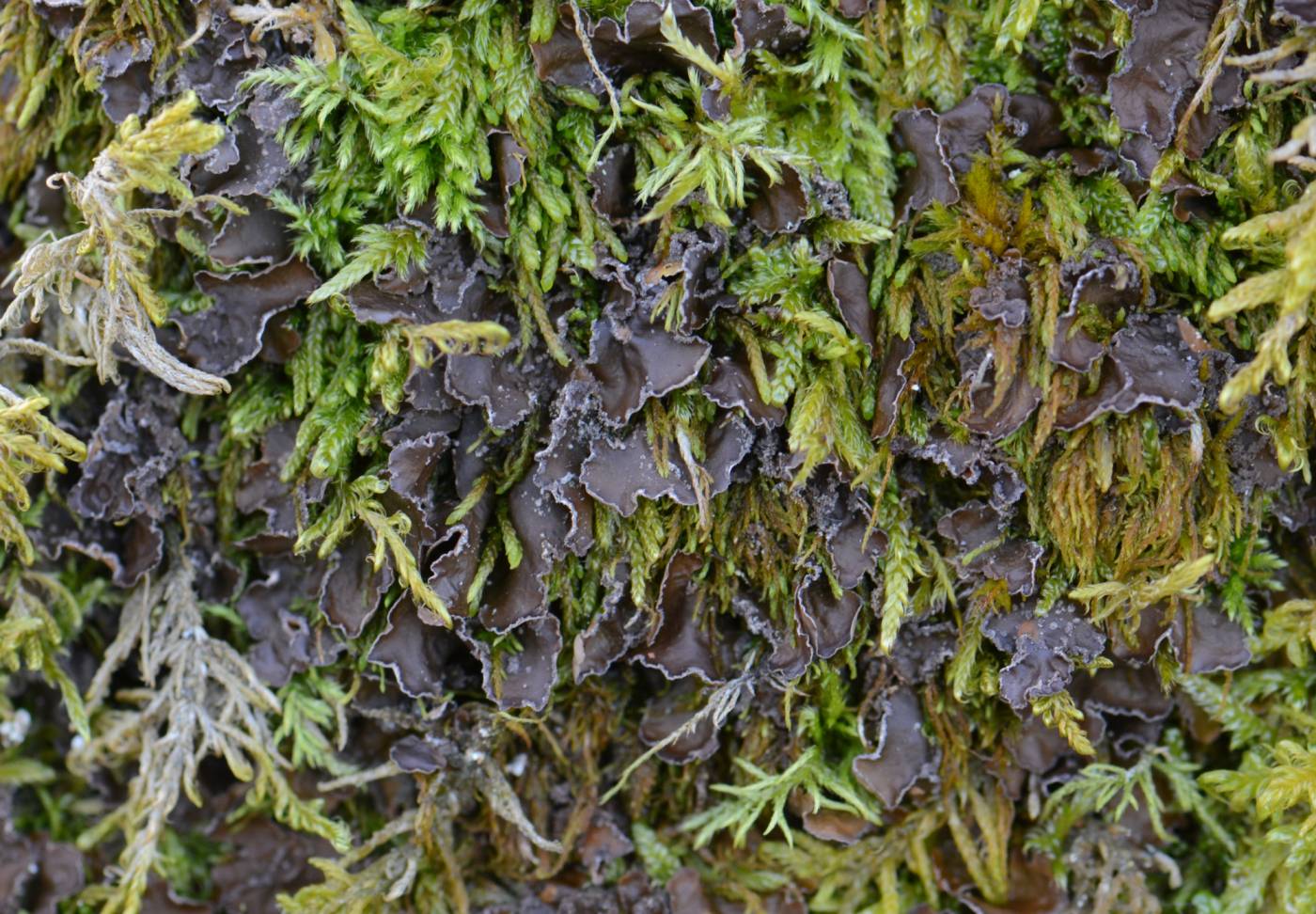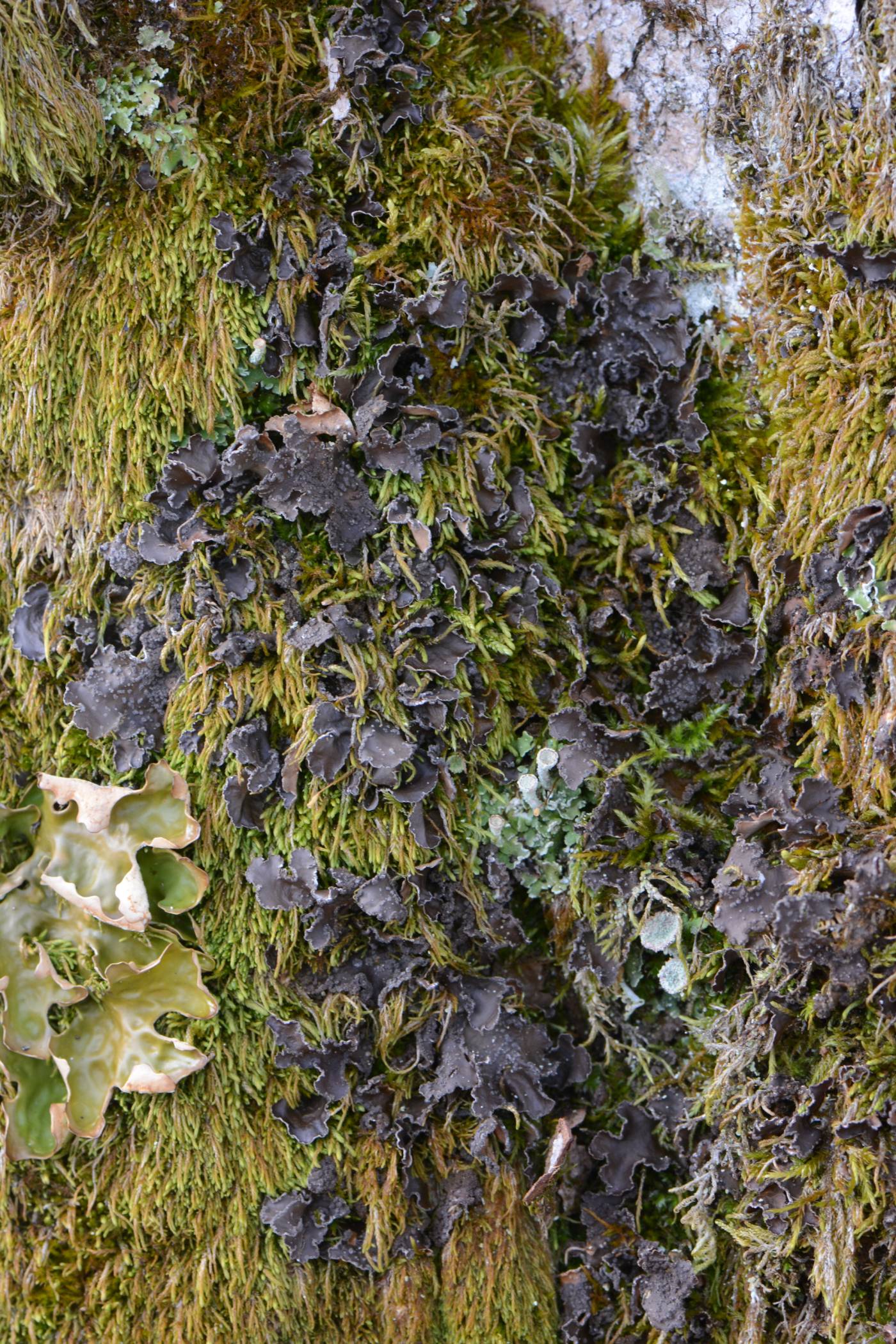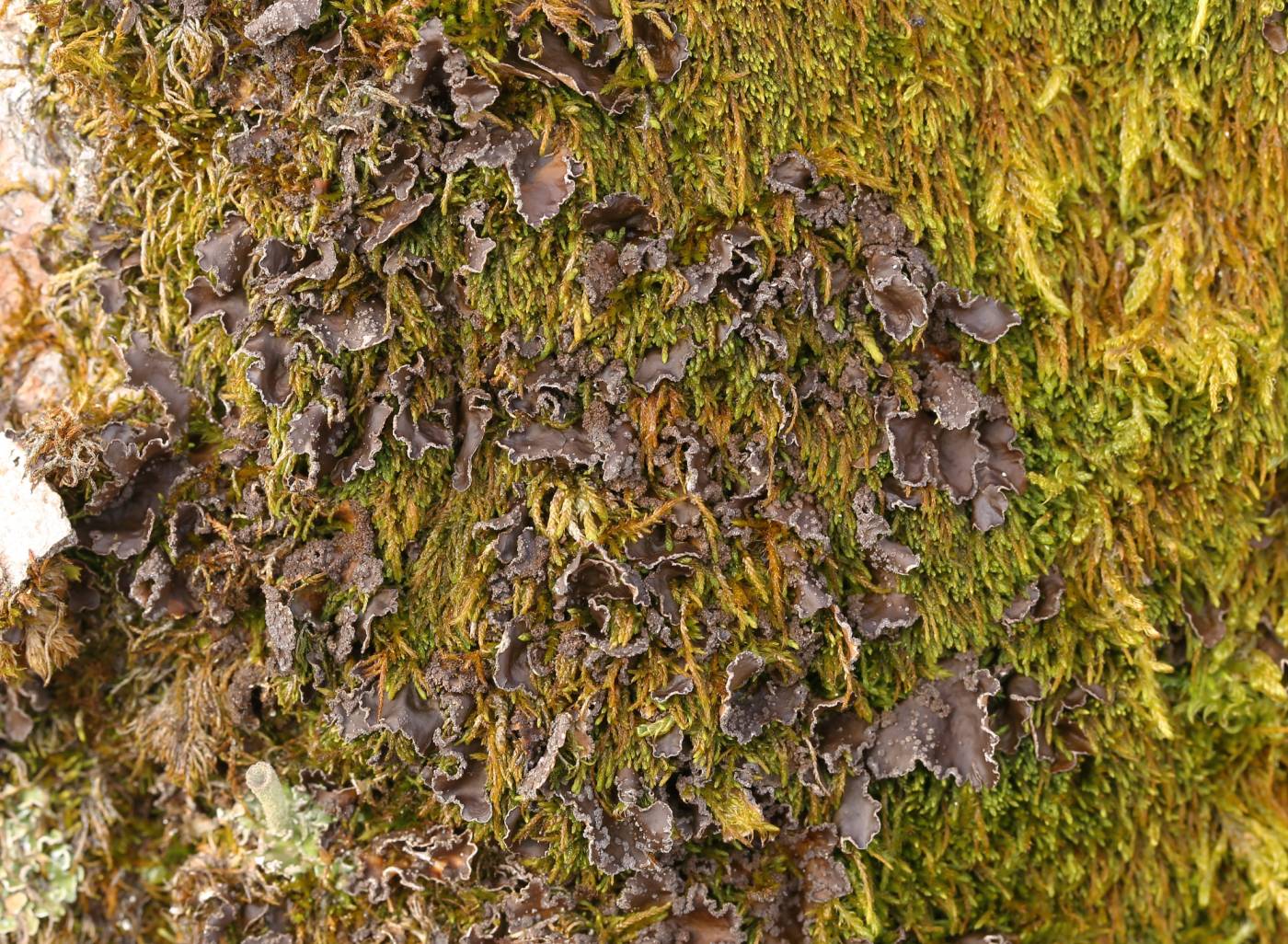The characteristic marginal soralia set N. parile apart from other genus members, but it may resemble Peltigera collina which, however, has veins at the thallus underside and lacks the lower cortex. Nephroma parile grows at mossy bases of deciduous trees, typically in old-growth forests, and also on mossy rocks and screes in moist forested habitats. This widely distributed, circumpolar, mainly temperate to (hemi)boreal species is currently rare in central Europe, except the Alps. It is the most common genus member in the Czech Republic, but still very rare. Actually, it occurs only in the Šumava Mts and in the Králický Sněžník Mts. Historically, the lichen had been reported from a number of localities at middle and high elevations. Its prominent decline was probably caused by forest fragmentation and the gradual disappearance of natural forest communities, and enhanced by acid rain.
A potential revision of herbarium material and chemical analyses of samples from the Czech mountains deposited under the name N. parile may result in detection of the recently described species N. orvoi. This boreal to arctic-alpine taxon was formerly considered a rarer chemotype of N. parile s. str., but it also differs in minor morphological features (Timdal et al. 2020).
Literature: Liška J., Dětinský R. & Palice Z. (1996): Importance of the Šumava Mts for the biodiversity of lichens in the Czech Republic. – Silva Gabreta 1: 71–81. Timdal E., Westberg M., Haugan R., Hofton T. H., Holien H., Speed J. D. M., Tønsberg T. & Bendiksby M. (2020): Integrative taxonomy reveals a new species, Nephroma orvoi, in the N. parile species complex (lichenized Ascomycota). – Graphis Scripta 32: 70–85.
taxonomic classification:Ascomycota → Lecanoromycetes → Peltigerales → Nephromataceae → Nephroma
Red List (Liška & Palice 2010):CR – critically endangered
Red List (Malíček 2023):C2 – strongly endangered
Occurrence in the Czech Republic
All records: 41, confirmed 39. One click on a selected square displays particular record(s), including their source(s).



